
Ancient Two-Story Stoa Unearthed in Assos Reflects Hellenistic Royal Architecture
Archaeologists in the ancient city of Assos have begun uncovering a monumental 3,500-year-old stoa—an architectural structure once used as a covered walkway or gathering space in classical Greece. Stretching 110 meters in length and spanning two stories, the stoa is believed to represent a hallmark of Hellenistic royal design, reflecting the influence of Pergamon kings
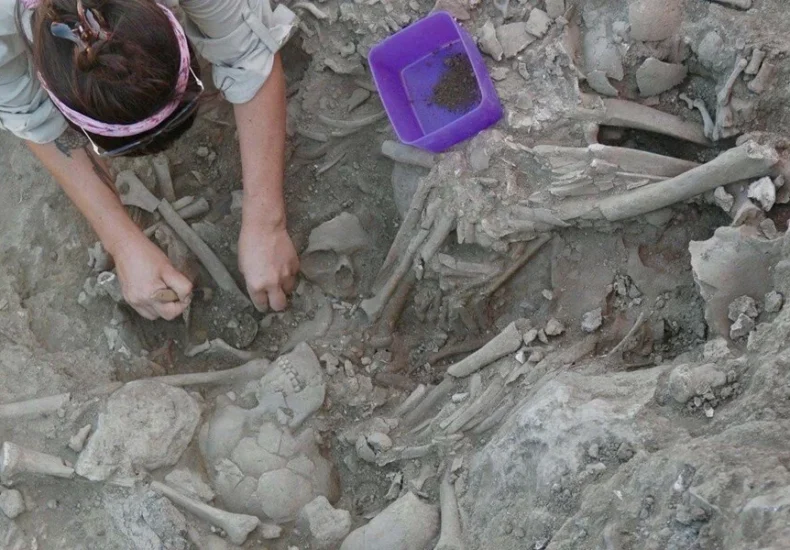
Gökçeada: Home to the Earliest Agricultural Village in the Aegean Islands
Archaeological excavations on Türkiye’s Gökçeada (Imbros) have revealed the earliest known agricultural and livestock-based village settlement among the Aegean Islands. The Uğurlu-Zeytinlik mound, located on the island’s western coast, has been under systematic excavation for 15 years under the direction of Prof. Dr. Burçin Erdoğu from Akdeniz University, with the support of the Turkish Ministry
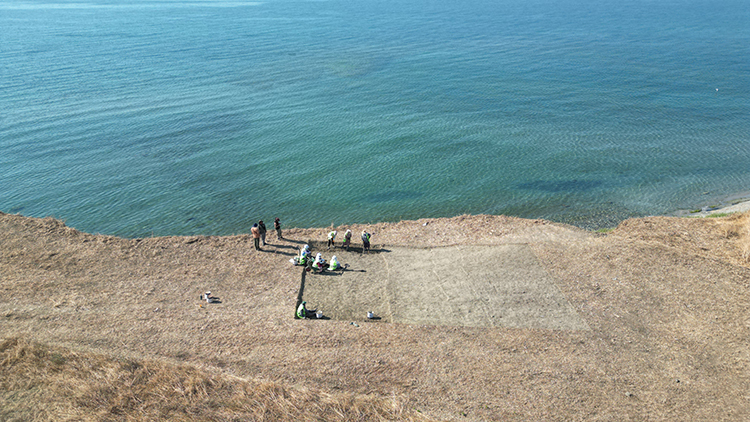
Uncovering the Thracian Legacy: Excavations Begin at Heraion-Teikhos in Tekirdağ
Excavations have resumed at the ancient city of Heraion-Teikhos (“City of Hera”), located in Türkiye’s northwestern province of Tekirdağ, with a new focus on the seaside section of the site. Archaeologists are aiming to uncover traces of the Thracian civilization, one of the most enigmatic cultures of the ancient Balkans and Anatolia. The excavation is
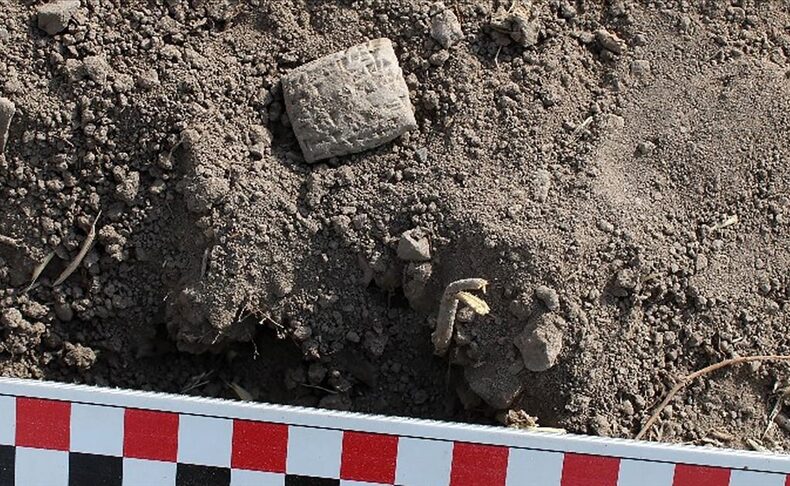
Archaeologists Discover Rare Hittite Cuneiform ‘Bird Omen Text’ at Samuha, an Important Cult Centre
A remarkable discovery has emerged from the ancient Hittite settlement of Samuha—modern-day Kayalıpınar, located in Türkiye’s Sivas province. Archaeologists have unearthed a rare cuneiform tablet containing what appears to be a bird omen text, shedding new light on the spiritual practices of the Hittites. The excavations are being led by Assoc. Prof. Dr. Çiğdem Maner

Archaeological excavations continue at the 8,000-year-old Tozkoparan Mound in eastern Türkiye
After a two-year hiatus, archaeological excavations have resumed at Tozkoparan Mound, located in the Pertek district of Tunceli, eastern Türkiye. Recognized as a first-degree archaeological site in 2017, the mound is believed to contain layers of human settlement dating back over 8,000 years. New findings are expected to shed light on prehistoric life in Eastern
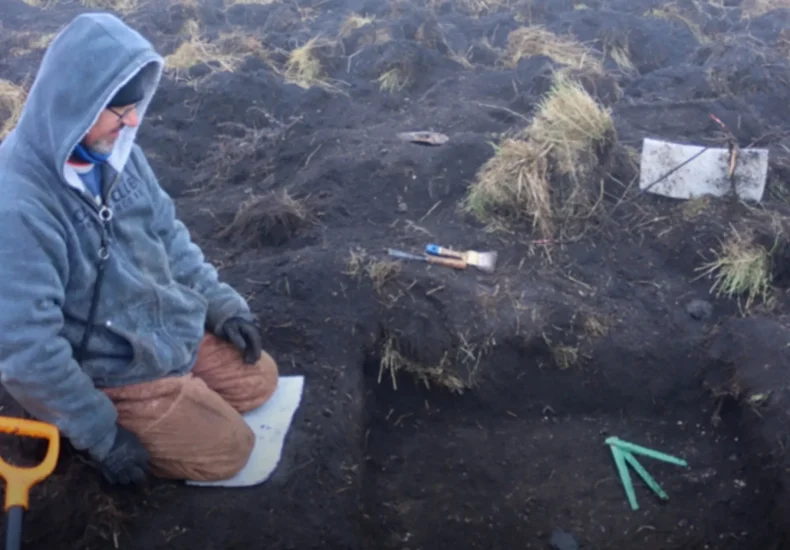
3,200-Year-Old Bronze Armor Unearthed in South Moravia Sheds Light on Trojan War Era
A remarkable archaeological discovery has been made in South Moravia, Czech Republic: a 3,200-year-old fragment of bronze armor, dating back to the same period as the legendary Trojan War. The Brno City Museum recently revealed the find, calling it one of the most significant Bronze Age discoveries ever made in the region. A Glimpse into
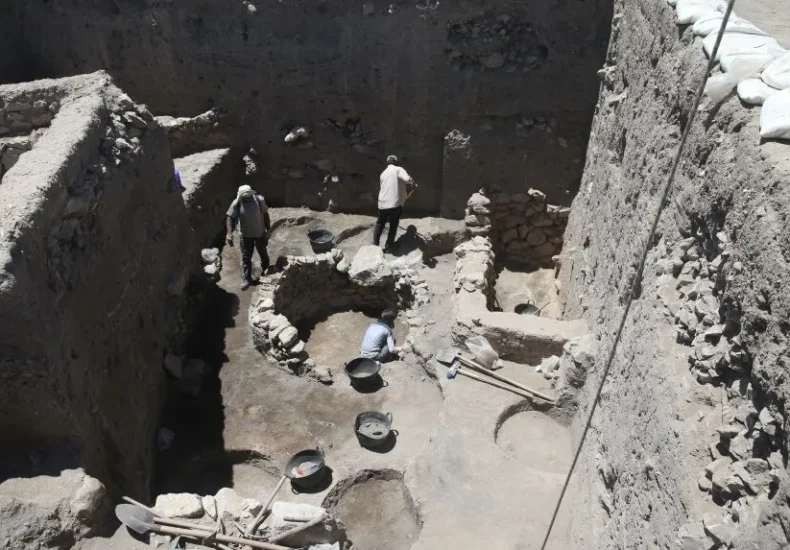
Traces of Assyrian Trade Colonies Emerging in Türkiye’s Yassı Höyük: Are Written Tablets on the Horizon?
Excavations at Yassı Höyük, located in the Afşin district of Kahramanmaraş, Turkey, are shedding light on layers potentially dating back to the Assyrian Trade Colonies Period. Excavation director Assoc. Prof. Dr. Elif Baştürk expressed growing excitement: “We’re wondering — are we getting close to written sources? Could we uncover tablets or other records?” Launched in
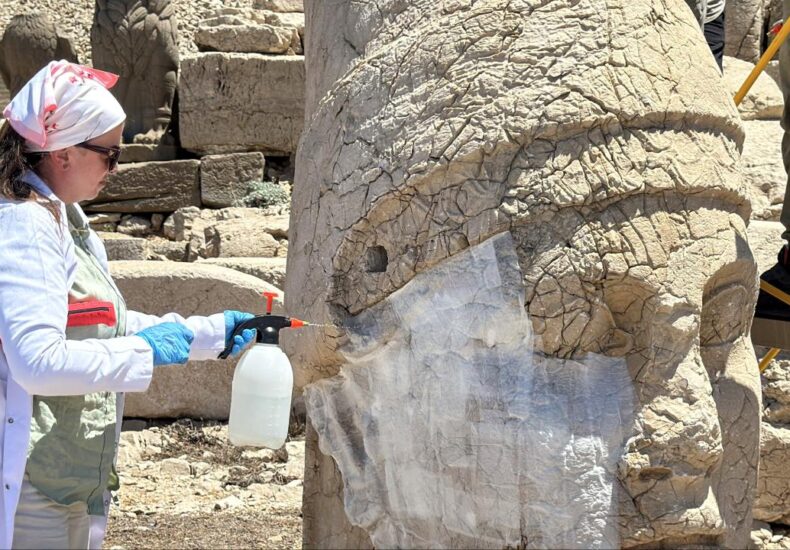
Nano Lime Technology Strengthens Giant Statues on Mount Nemrut
The monumental statues atop Mount Nemrut, a UNESCO World Heritage Site, are undergoing advanced conservation efforts using nano lime technology. Initiated in 2022, the restoration work has yielded promising results, leading to the expansion of the project in 2025. Located at an altitude of 2,206 meters, Mount Nemrut hosts colossal stone sculptures that have endured
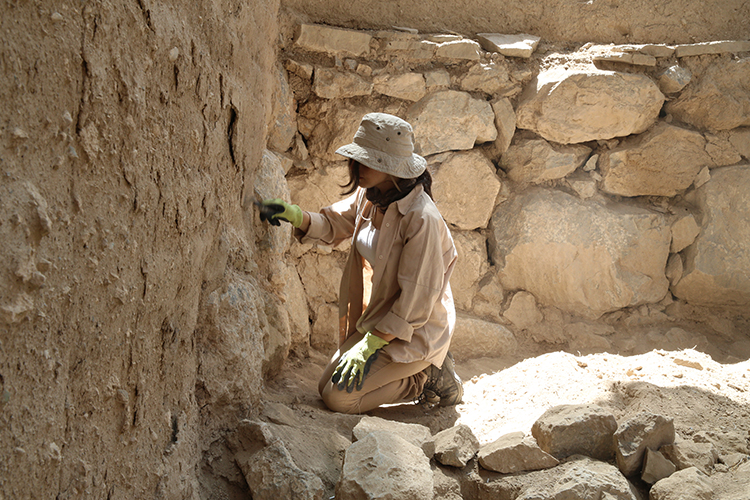
Archaeologists Uncover Striking New Findings at the Royal Temple of Haldi in Ayanis Fortress
With special permission from the Turkish Ministry of Culture and Tourism, excavations continue at Ayanis Fortress, one of the most monumental and well-preserved structures of the Urartian Kingdom. The ongoing work focuses on the Royal Temple complex dedicated to Haldi — the supreme deity of the Urartians — where remarkable new findings are being brought

1,600-Year-Old Luxury Roman Villa Discovered in Tripolis: Guests Were Served Fish Raised in the Courtyard Pool
In the ancient city of Tripolis, located in Denizli’s Buldan district in western Türkiye, ongoing excavations have revealed a striking new find—a large and luxurious Roman-era villa spanning 1,500 square meters. With four rooms, two grand halls, a columned gallery, and a specially designed fish pool, this structure is believed to have hosted the elite
